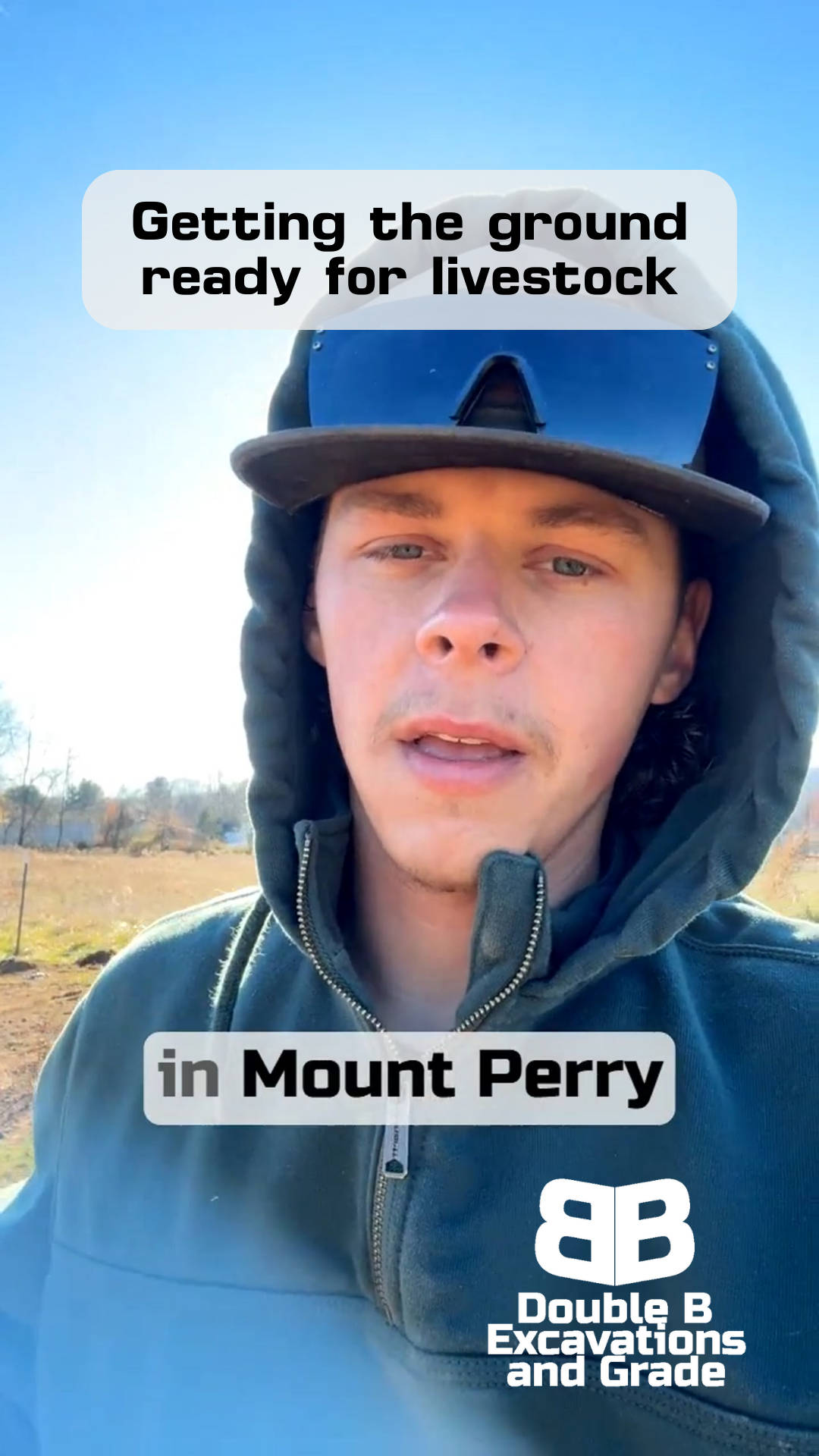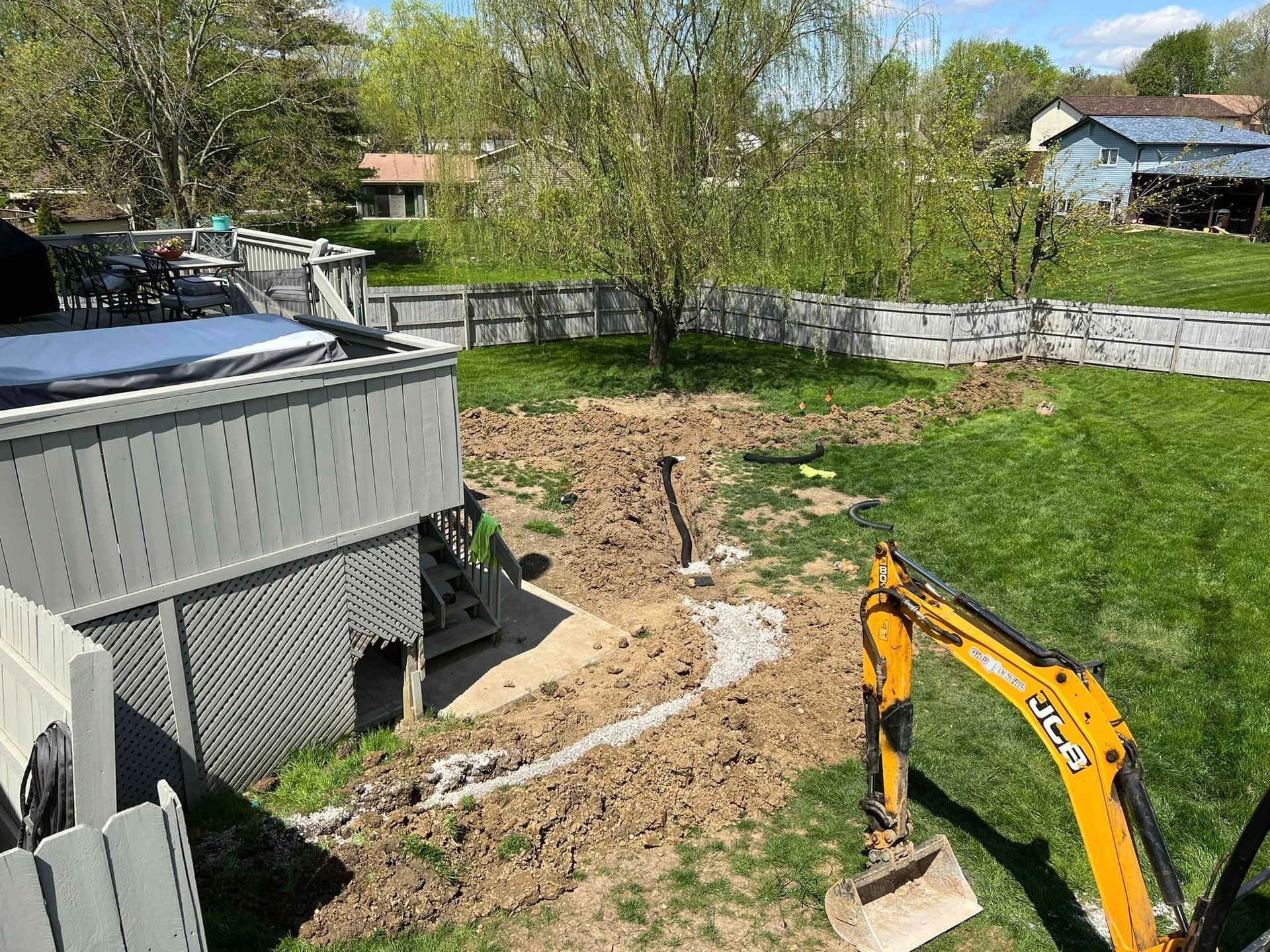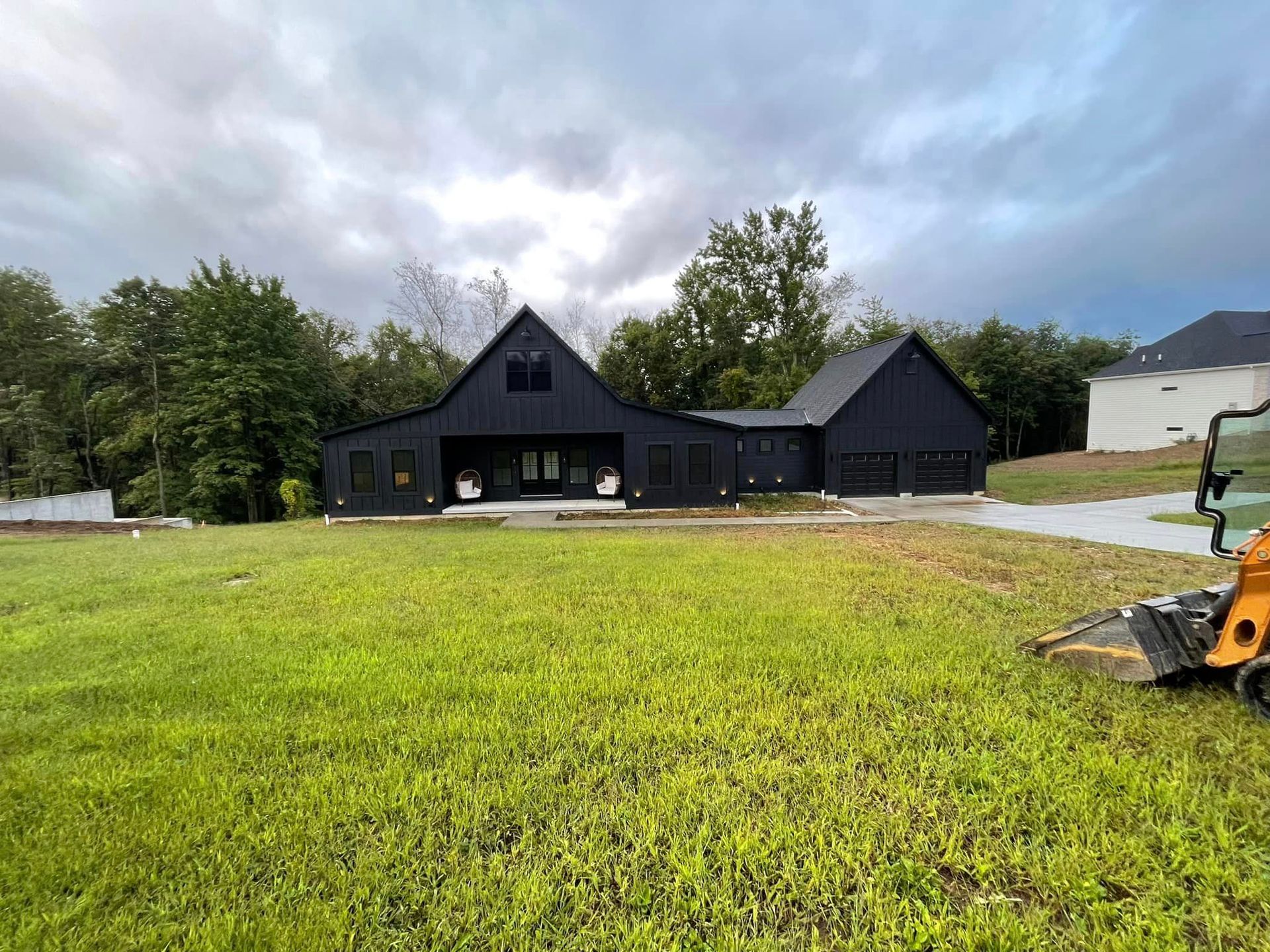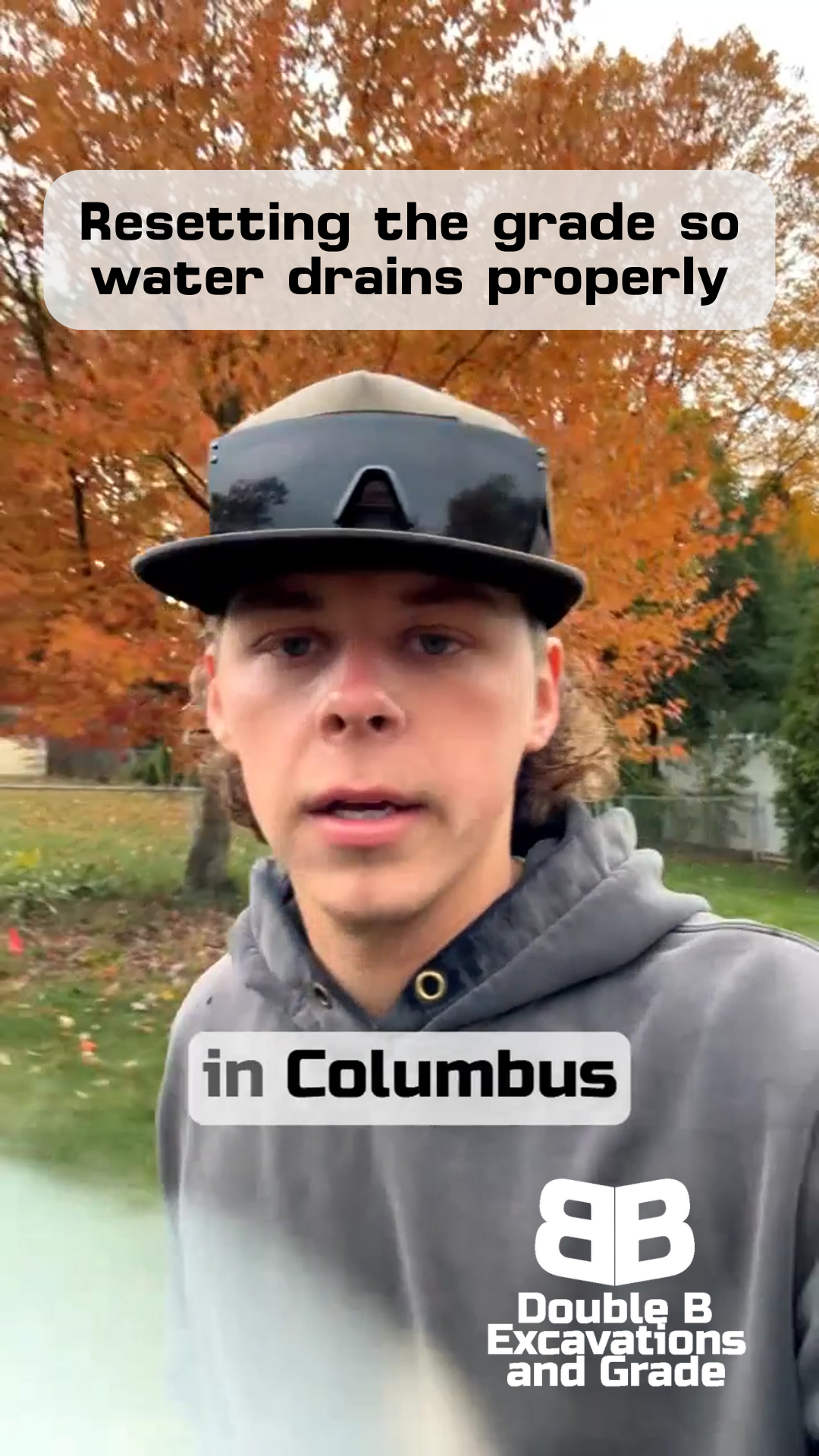Why Clay Driveways Need Extra Protection in Winter: A Contractor's Warning
Double B Excavations & Grade LLC
Why Your Driveway is Sinking
I'm seeing more winter damage than ever let me show you what I found today.
When winter hits Ohio, driveways take a beating.
I'm seeing it more and more lately - deep ruts, sinking spots, and damage that gets worse every time a delivery truck rolls through.
Just today, I'm at a job where a homeowner's driveway got wrecked by this freeze-thaw cycle we're dealing with.
As someone who fixes these problems daily, I want to help you spot trouble before it turns into an expensive repair.
What I'm about to share isn't just theory - it's what I'm seeing right now in driveways across our area.
Welcome to Double B!
The Warning Signs
Here's what you need to watch for:
Deep Ruts After Trucks Pass
If delivery vehicles or garbage trucks leave deep tracks, that's a red flag.
We're seeing this a lot right now - just like in the video above, where a box truck left serious damage in its wake.
Soft Spots When It Warms Up
During these temperature swings, your driveway shouldn't feel spongy.
If it does, there's probably not enough gravel over that clay base.
That's exactly what happened to the customer in today's video.
Uneven Surface
When parts of your driveway start dipping lower than others, especially after snow melts, you've got trouble brewing.
This usually means the base layer isn't holding up against our winter weather.
Clay Showing Through
If you can see clay or mud coming up through your gravel, that's a serious problem.
Your driveway needs more protection than it's getting.
The job we're working on today shows exactly what happens when clay doesn't have proper coverage.
Why This Happens
Look, here's the simple truth about winter driveway damage.
When temperatures go up and down like they have been, the ground underneath does a dance.
It freezes, expands, thaws, and sinks - over and over.
Add a heavy truck on top of that soft ground, and you've got trouble.
What I'm seeing at this job tells the whole story.
There's not enough gravel over the clay base.
So when that clay gets wet and freezes, there's nothing protecting your driveway from damage.
Quick fixes might get you through the week, but they won't solve the real problem.
What Makes It Worse
In our area, clay soil is just a fact of life.
But here's what many people don't know - clay holds water like a sponge.
When that water freezes, it pushes everything around it up.
When it thaws, you get soft spots.
That's exactly what happened here.
Some driveways were never built right in the first place.
Maybe they skimped on gravel, or didn't grade it properly for drainage.
Then winter comes along, and every problem gets worse.
Those delivery trucks and garbage trucks that used to roll through just fine? Now they're leaving deep ruts because there's nothing solid underneath.
How We Fix It
When we see damage like this, we tackle it in two stages.
First, we handle the immediate safety issues.
That means filling those deep ruts and making sure your driveway is usable.
But that's just the start.
For a permanent fix, we need to:
- Strip it down to solid ground
- Fix any grade problems so water runs off properly
- Add the right amount of gravel (way more than you might think)
- Make sure the base is strong enough for heavy vehicles
Some companies might just dump some gravel in the holes and call it fixed.
But I've been doing this long enough to know - that's just throwing money away.
Real solutions take a little more work, but they last a lot longer.
Protecting Your Investment
Want to keep your driveway solid through winter? Here's what I tell all my customers:
Watch for water pooling anywhere on your driveway - that's your first sign of trouble.
If you see it, don't wait.
The longer water sits, the bigger your problems will get.
Keep an eye on where your delivery drivers and garbage trucks travel.
If you start seeing their tracks get deeper each week, that's telling you something's wrong underneath.
The best protection? Make sure you've got enough gravel over that clay base.
It's like wearing a good winter coat - you need the right coverage to stay protected.
Quick FAQ
How long do repairs last?
A proper fix, done right with enough gravel and good grading, should last years.
Quick fixes might not make it through the season.
When's the best time for permanent repairs?
As soon as the ground thaws in spring.
But if you've got safety issues like we showed in the video, we'll get you fixed up temporarily until we can do the full repair.
What's this going to cost me?
Honestly, catching problems early saves you money. Emergency repairs after a truck gets stuck? That's when things get expensive.
Ready to Protect Your Driveway?
If you're seeing any of these warning signs, let's talk.
I'll come out, take a look, and give you straight answers about what's really going on with your driveway.
No pressure, no sales tricks - just honest advice from someone who fixes these problems every day.








